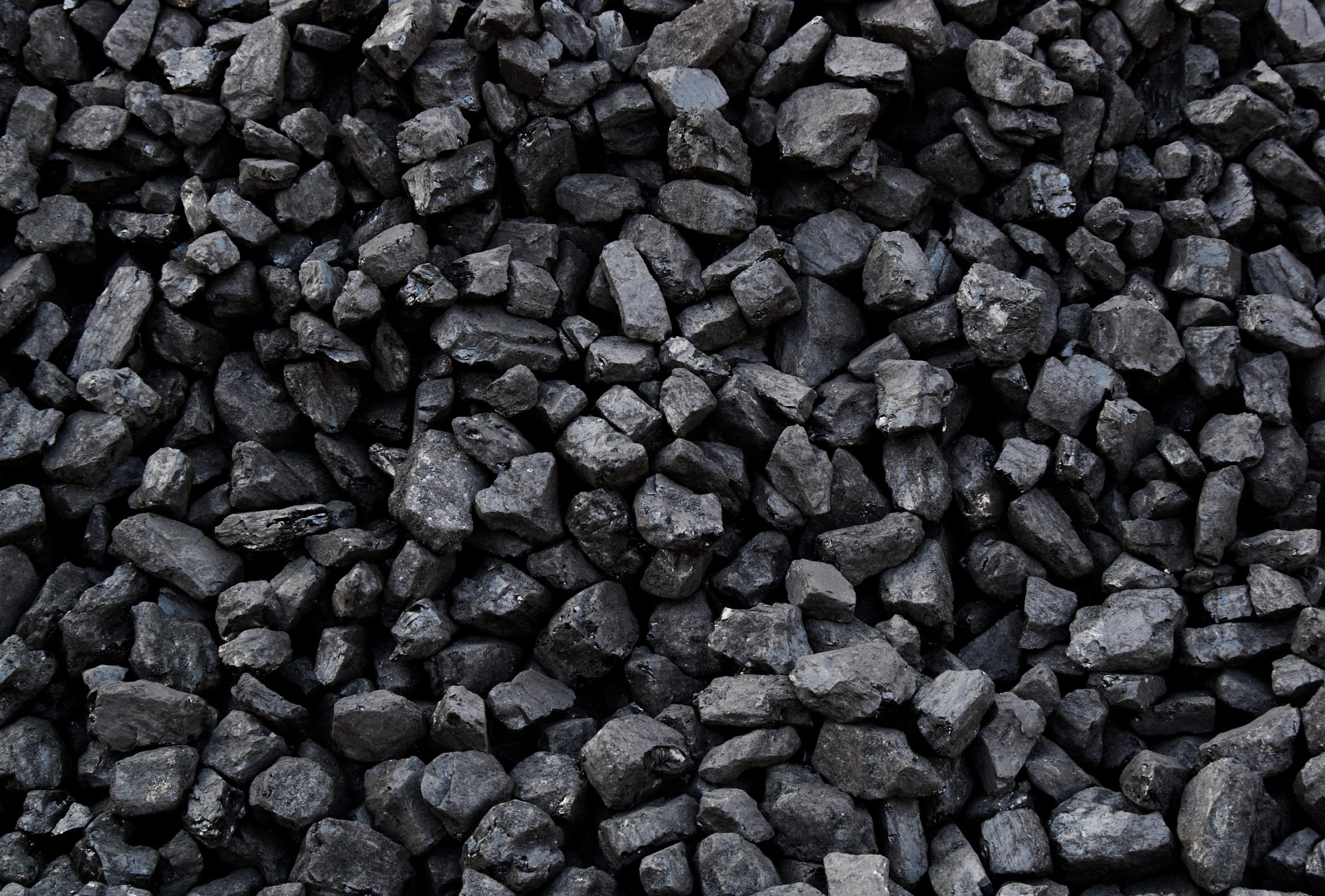Hanoi is facing one of the most critical periods for electricity supply in areas hit by heat waves. Fossil sources are again the first choice in a country considered among the most promising for clean energy production in Southeast Asia
In Vietnam it is not yet time to say goodbye to coal. The figure emerged last May 31 at a meeting of companies and institutions from the Esg (Environment, Society, Governance) world in Ho Chi Minh City and was reported by several Asian newspapers. But the problem has existed for some time, and is symptomatic of a rapid and haphazard development process. For the past few years the country has been at the center of a significant conversion to renewables never before seen in Southeast Asia, but the rush to green energy is still not enough to support an energy demand that has doubled in less than a decade.
As with China today - caught between promises of sustainable development and an energy system yet to be stabilized - the problem of balancing energy supply and demand is already a reality for Hanoi. And climate change adds an additional difficulty in holding the power grid and managing energy peaks. Starting in May, several industrial areas in the north of the country began experiencing an unprecedented series of power outages. "This is the first time this has happened in ten years," a worker in Bac Ninh province tells VnExpress. The manager of the plant, which assembles some telephone components, warned employees that they would not be able to work the next day due to a power outage lasting twelve consecutive hours.
Energy crisis and transition
Undoubtedly justifying the energy crisis in recent weeks is a record rise in temperatures, a factor that in turn is causing a spike in energy demand related to industrial cooling systems and use of air conditioners in buildings. But the supply side also lacks continuity. As many as 11 hydropower plants have been shut down due to water shortages, according to reports from the Ministry of Economy and Trade, while at least one million tons of coal would be needed to run thermal power plants in the north.
Last June 7, the director of the Ministry of Industry's Electricity Regulatory Authority, Tran Viet Hoa, had spoken of "serious shortages" in energy supply, saying that-including imports-the actual availability was only 18,000 megawatts, against a forecast of energy demand capable of touching peaks of 24,000 megawatts. By the end of May, dam output was capable of sustaining only four more days of peak energy; a few days later - on June 3 - major hydropower plants were unable to produce power for the entire day.
Dependence on coal
The hydropower crisis is undoubtedly a factor slowing Vietnam's advancement in the world of renewable energy, and it inevitably pulls the country back toward a source considered-at least in theory-more secure and available. While the collapse of hydropower production has brought out a deficit in the stock of coal for power generation, fossil sources have never left a gap in the national energy mix. On the contrary, they have simply increased to make up for the economic boom. As the International Energy Agency (IEA) reports, Vietnam is one of those countries that, while being one of the largest ASEAN investors in renewables, plans to double the output of coal-fired thermal power plants.
Moreover, "Vietnam's problem is that coal-fired power plants are very young, some are less than 10 years old," Tung Ho, national head of energy consultancy Allotrope, explained to Nikkei Asia. So much so that lawmakers are considering not so much abandoning this energy source but converting the plants to technologies that fall under the semantic umbrella of "clean coal technologies." These include the use of ammonia as a co-fuel to reduce harmful emissions, a technology that is still much debated because there is still no firm evidence of its effectiveness.
What is the future for Vietnam's energy transition?
Coal in Vietnam occupies more than 50 percent of the energy mix, surpassing all other countries in the ASEAN group. The second largest coal consumer in the region is Laos, a key country for supplies of this fuel to Hanoi. While the outlook of Power Development Plan 8 (PDP8) speaks of green transition as an opportunity to attract foreign capital and achieve carbon neutrality by 2050, the Vietnamese leadership continues to evaluate a number of ambitious coal-related infrastructure projects. Such is the case with a 160-kilometer highway that would connect the Lao provinces of Sekong and Salavan to the Vietnamese district of Hai Lang.
The PDP8 itself calls for the construction of new coal-fired power plants until 2030, a year that should mark the actual beginning of an exclusive transition-at least at the infrastructure level-to sustainable energy production facilities. These are therefore deadlines that do not include the closure of coal-fired power plants, but only a ban on new procurements. Although forecasts show a gradual decline in coal-related production (a 10 percent reduction over the next ten years), it is important to remember that the outlook for total production is ambitiously upward. In fact, according to the development plan, Hanoi aims to produce more energy than countries such as France and Italy.
Vietnam's plans will also have to reckon with international promises. As of 2022, the country has joined the Just Energy Transition Partnership. The scheme, adopted together with partners such as the U.S., Japan, the U.K. and the European Union, plans to unlock more than $15 billion to support member countries' energy transition. At COP26 in Glasgow, Hanoi also declared that it will stop using coal as an energy source by 2040. In 2022, the Economist had described Vietnam as "a bright spot on an otherwise black as night map" for its rapid development in solar energy. But it still has a long way to go.






